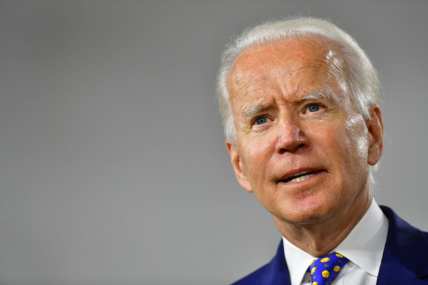How Biden’s Build Back Better framework can aid Black Americans
President Joe Biden unveiled the $1.75 trillion framework aimed to help bolster the middle class and provide new opportunities across the Black community.
The Biden-Harris administration ran a campaign built upon sweeping appeals to working class Americans, especially Black voters. As the year forges on, the Build Back Better (BBB) Act Framework hopes to deliver on the premises made on the campaign trail and it appears that the effect will be felt soon.

Last week, the White House issued a statement detailing the finer points of Build Back Better. A detailed look at the Build Back Better Act’s $1.75 trillion framework offers a pared down version of the legislation, but there are still significant benefits that Black Americans can use to place themselves in better positions.
The framework will help lawmakers determine the best course of action when drafting the act’s language, and theGrio pored over the details to see how the Build Back Better Act will apply to the lives and welfare of Black Americans.
Child Care

Data shows that Black families are two times more likely than their white counterparts to skip or go without work due to child care disruptions. Child care costs are notoriously high for infants and preschoolers with an average cost of preschool set at $8,600, a high sum for a working class family. Under the framework, a Black family of four earning less than $300,000 will pay no more than 7% of their income on child care for children under 6.
Most families with young children could see their child care costs lessen by more than half, and there will be expanded free and funded preschool programs for children aged 3 and 4, and Black families will have the option of choosing the best location and programs, including Head Start, for their young ones.
In addition to child care, food insecurity is also a concern of the Biden-Harris administration and Black households face a higher rate of such when compared to the national average. The framework will expand free school meals during the academic year, and will provide students year-round access to food in the summer months.
Adult Care
As Black Americans age, the need for home-based care could increase but most cannot access the various levels of assistance due to being priced out. Under the BBB framework, costs for home-based care will be reduced and there will be investment made in adult care programs, effectively raising the wages of the 28% of home care workers who are Black.
Affordable Care Act Expansion
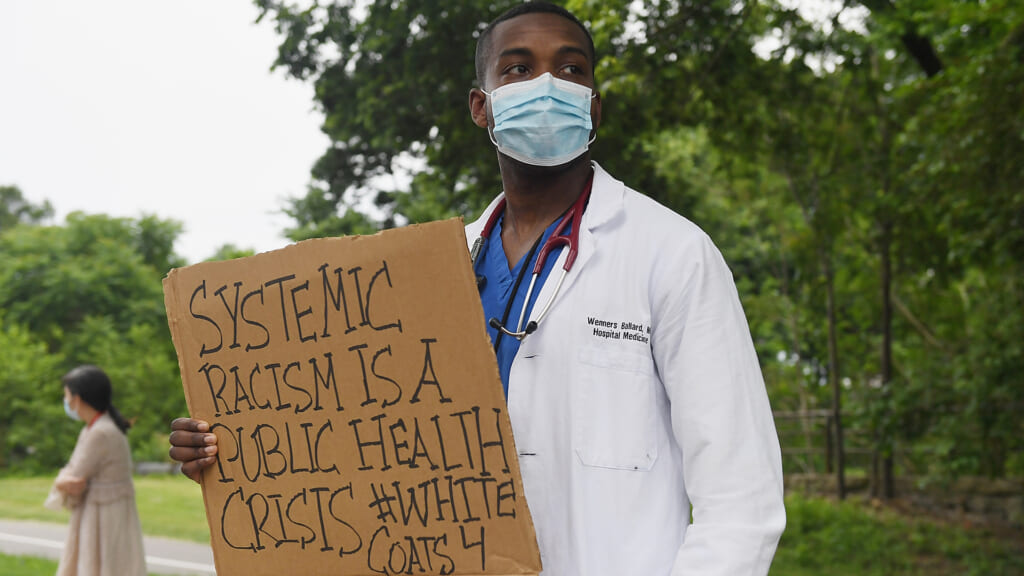
The Affordable Care Act (ACA) has been a proven model of success in getting Americans medically insured, but millions, including 3.9 million Black people just in 2019 alone, were uninsured. Premium subsidies under the ACA were helpful, but ultimately, they fall short due to the overwhelming costs of care.
In addition, over 570,000 Black people were struck by the Medicaid “coverage gap,” as their home states have failed to expand Medicaid. Under the framework, the coverage gap gets done away with, and will lower health care costs for those seeking insurance through the ACA network via an extension of the American Rescue Plan’s lower premiums. This change could save around 360,000 Black Americans up to $600 annually.
This expansion also means that one in three uninsured Black Americans will be covered, and over 5.8 million Black people on Medicare will now have their hearing needs covered. Expecting Black mothers, who die giving childbirth three times more than white mothers, will see an investment in prenatal care and maternal health overall.
Housing Concerns Addressed
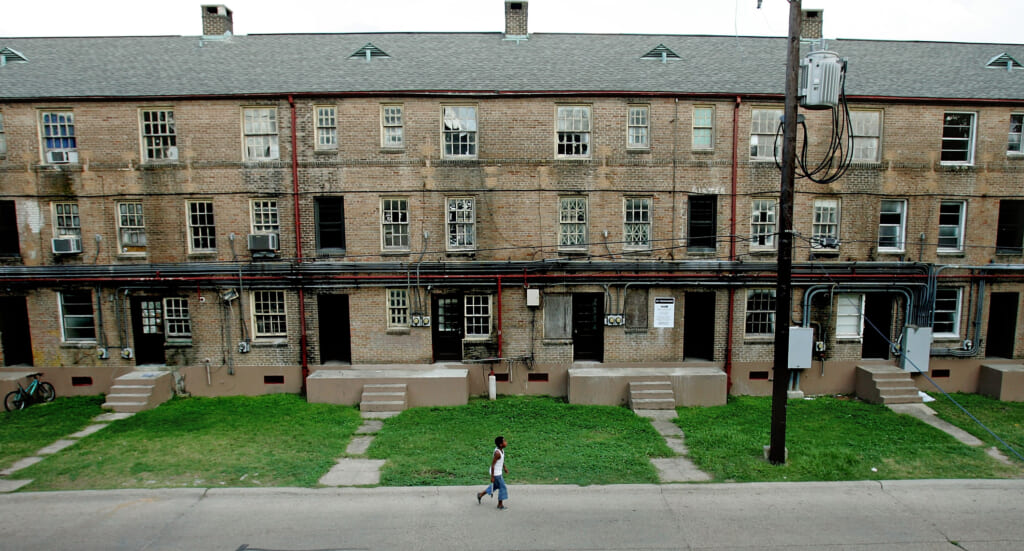
Middle class Americans, especially in Black communities, have been frozen out of benefits that have come to the richest and those meant to benefit the less fortunate. The framework has put measures in place that will bring some relief.
Around 30% of Black renters pay over half of what they earn in order to satisfy monthly rents. Build Back Better will boost the construction, improving, and rehabbing of over 1 million affordable homes, bring equity to the housing supply, and reducing prices for renters and homeowners.
Public housing will also see improvements made with an emphasis on safety, energy usage, and the quality of life for citizens in those dwellings as more than half of Black Americans are housed there.
Housing choice will also be boosted as vouchers will be expanded to hundreds of thousands of applicants, with nearly half of current voucher owners identified as Black.
In addition, the removal of lead-based paint in public housing units will become a priority as those paints have been proven to have detrimental effects on Black children and their overall health.
There will also be grants made available to community development projects led by residents in neighborhoods that have faced issues due to systemic disinvestment.
Tax Benefits improved
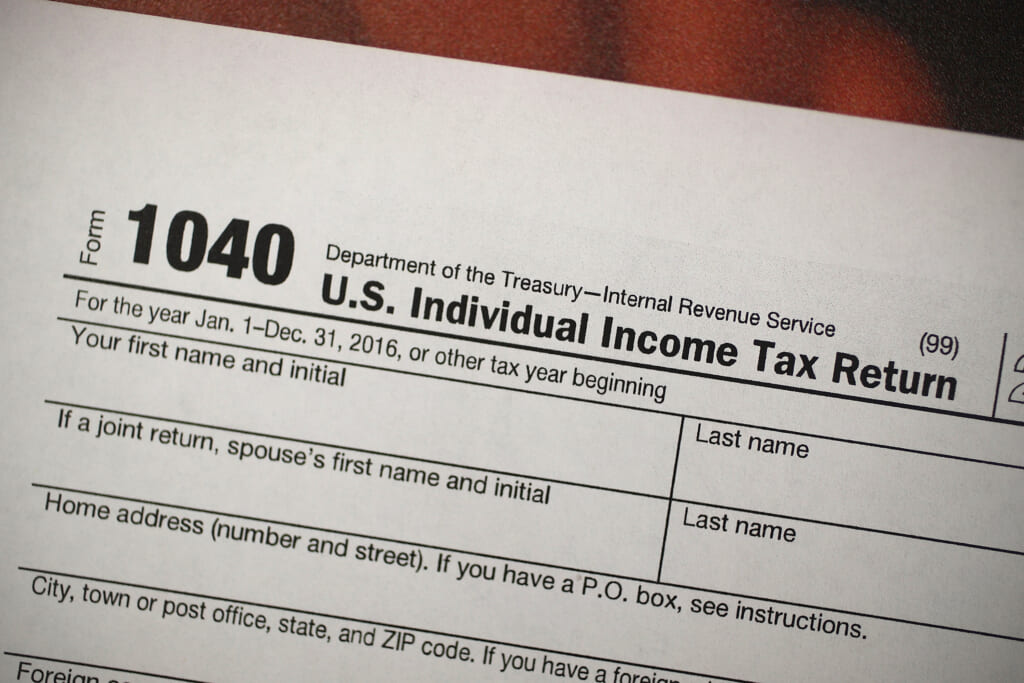
About 22.1% of Black Americans fall below the poverty line due to an avalanche of rising costs in food, rent, and more. The Build Back Better Framework will extend the Child Tax Credit and will give around 3 million Black people a significant cut in taxes and will whittle down the Black poverty rate by 34.3 %. With 85% of Black women considered the sole or co-breadwinners for their families, this will be helpful.
Black Americans without children are also struggling under the weight of higher costs, and the framework will give relief to those individuals by permanently extending the American Rescue Plan’s increase to the Earned-Income Tax Credit from $543 to $1,502. Around 2.8 million Black workers earning lower wages will benefit the most.
Education Investment

Workforce development is a priority point within the Build Back Better Framework and that shows via an increase of the Pell Grant for students enrolled in public, private, non-profit colleges to $550 annually. The framework will also make investments in Historically Black Colleges and Universities (HBCUs) along with Tribal Colleges and Universities (TCUs) and institutions (MSIs) that have made inroads to serve minority students.
With jobs unfilled in the growing sectors construction and healthcare, the framework will invest in worker training programs to prepare young Black workers to access these higher-paying opportunities.
Addressing Community Violence
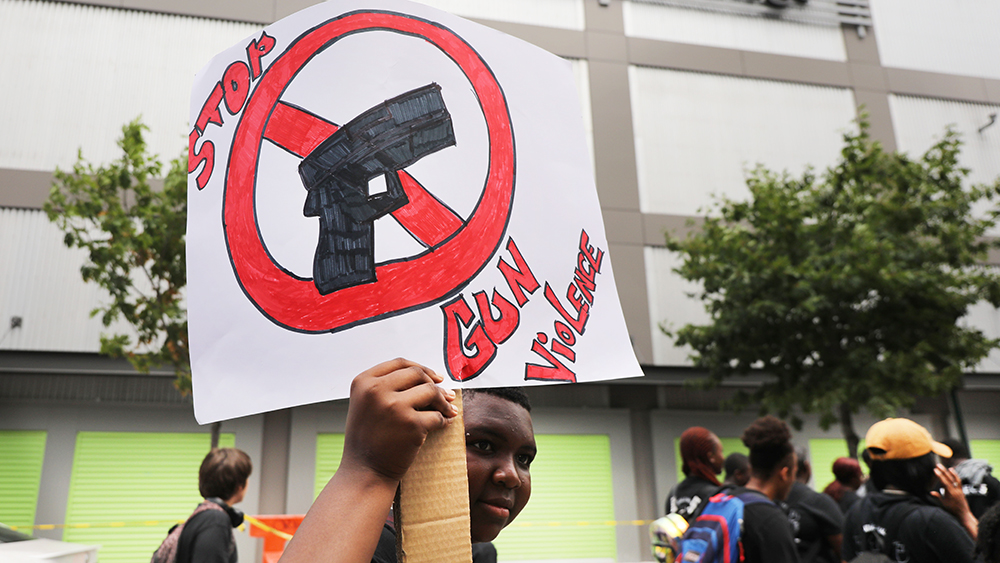
President Biden has been stern regarding his feelings on gun violence and how it has ravaged the Black community. Although Black men only make up just 6% of the total population, more than half of that group have been homicide gun victims.
The framework will put support behind several community violence intervention programs, working directly with leaders in affected communities who have already put in the groundwork and built a bridge of trust
To learn more about the Build Back Better Framework, click here.
Have you subscribed to the Grio podcasts, ‘Dear Culture’ or Acting Up? Download our newest episodes now!
TheGrio is now on Apple TV, Amazon Fire, and Roku. Download theGrio today!
